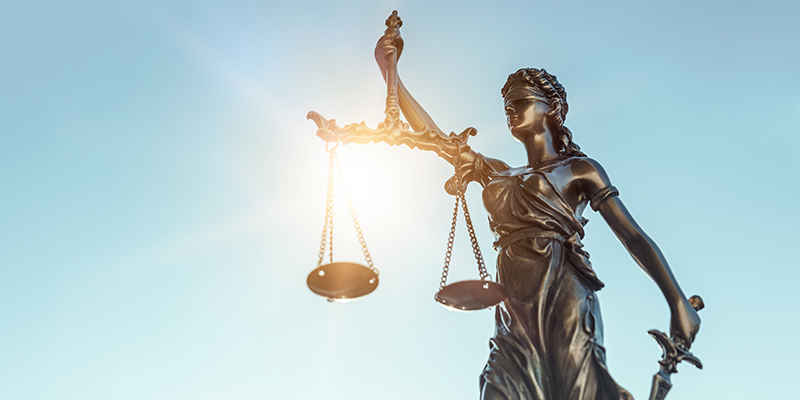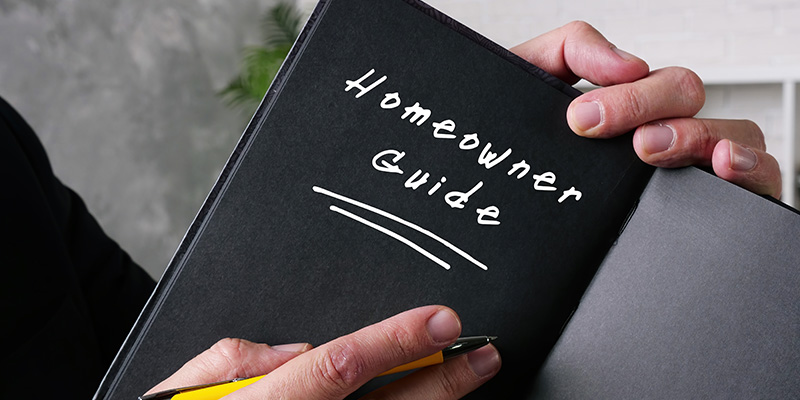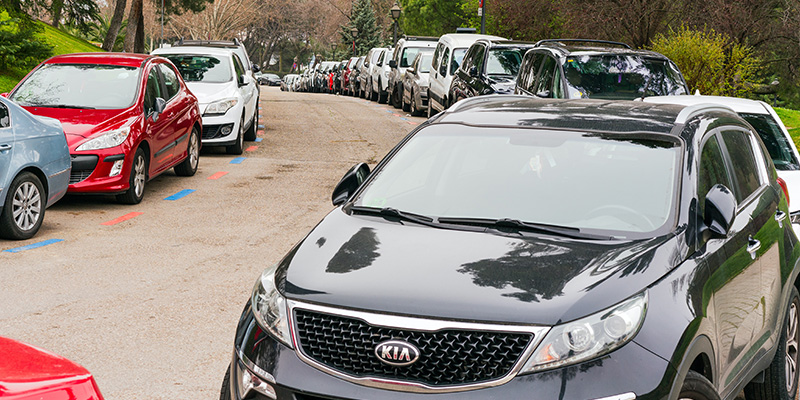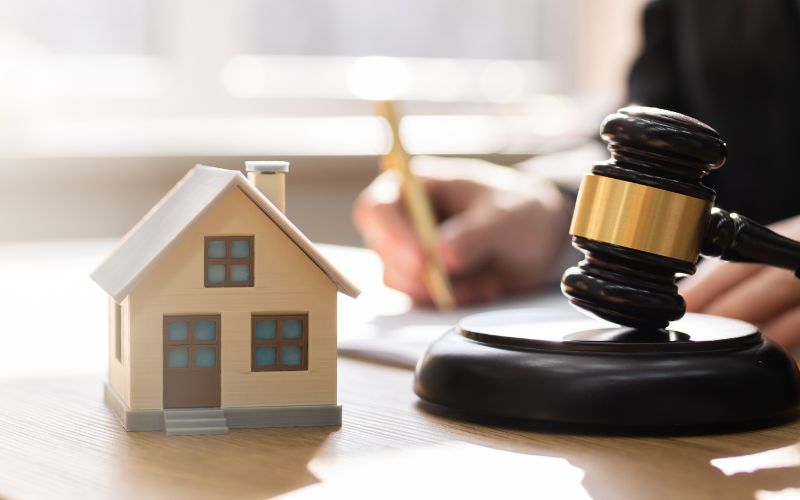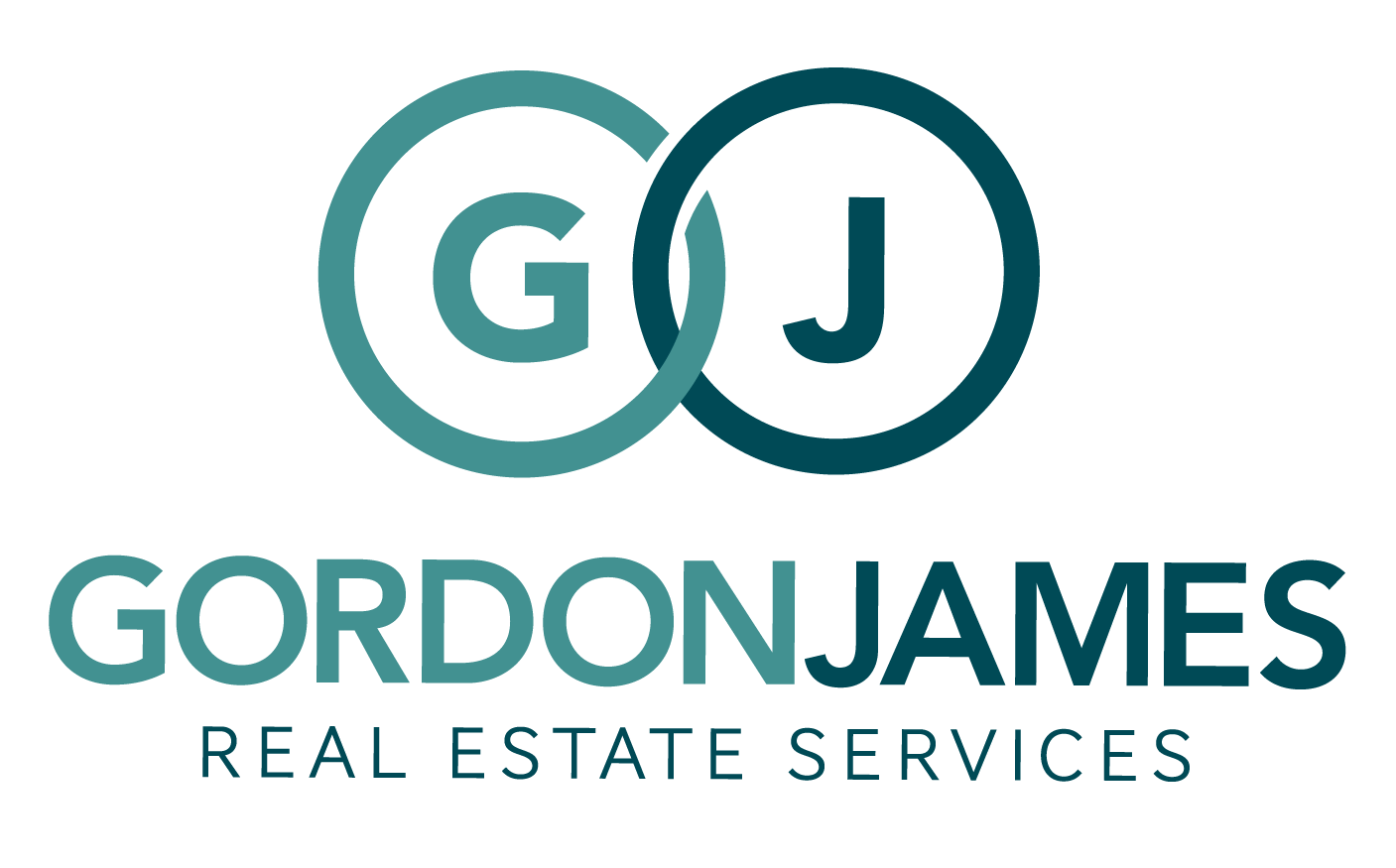HOA Grill Rules: Staying Safe When Firing Up the Grill

Grilling is part of neighborhood life, but close quarters change the risk. In condos and townhomes, a stray flare-up can become everyone’s problem. HOA grill rules set clear, common-sense limits so people can cook outside without smoke fights or fire hazards.
Browse By Category
Sign up for Our Newsletter
Grilling is part of neighborhood life, but close quarters change the risk. In condos and townhomes, a stray flare-up can become everyone’s problem. HOA grill rules set clear, common-sense limits so people can cook outside without smoke fights or fire hazards.
What Do HOA Grill Rules Tackle?
Most communities set HOA grill rules to explain where and how residents may grill, which fuel types are allowed, and what safety steps are expected every time the lid opens. These rules also spell out quiet hours, smoke control, cleanup standards, and who can use shared grills. Good rules keep things simple so residents know what to do before the first burger hits the grate.
A strong HOA grill policy is easy to find, written in plain language, and matches state law and city fire code. It should also match your governing documents. That way, the board can enforce consistently and avoid confusion when lots switch hands.
Governing Documents and Fire Code
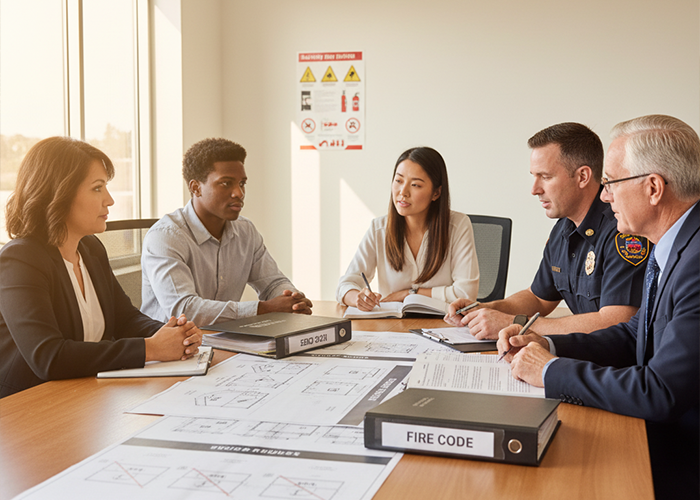
Start with your CC&Rs, bylaws, and rules and regulations. Many documents already limit open flames on balconies or in common areas. If the language is vague, the board can adopt clarifying rules through a proper meeting and notice process.
City and county fire codes may set minimum distances from buildings, balcony rules, propane limits, and ash disposal steps. These codes usually apply to everyone, and HOA grilling restrictions cannot be looser than what the fire marshal requires. When in doubt, call the local fire prevention office and align your rulebook to their guidance.
Single-Family vs Condo/Townhome
Risk looks different in detached homes compared with condos and townhomes. A grill on a ground-level patio with open space around it is not the same as a grill on a wood balcony with units above and below. Your HOA grill rules should reflect building type, materials, and proximity to others.
Many communities allow gas or charcoal in fenced backyards of single-family homes with basic clearance. In stacked buildings, boards often allow only electric grills on balconies or patios, or they designate shared grill stations on the ground. This approach keeps heat and smoke away from siding, railings, and eaves.
Placement and Fuel Rules

Grills should sit on a stable, nonflammable surface with space on all sides. Keep them away from siding, railings, furniture, and overhangs. Never grill inside a garage or under an enclosed porch. Ventilation matters more than people think.
Fuel choices can be simple to explain. Store propane cylinders outdoors in an upright position. Close the valve after use. For charcoal, use a chimney starter instead of lighter fluid. Only electric grills belong on most balconies, especially in multi-family buildings or where local code says so. When your HOA grill rules echo common fire code guidance, residents can follow them without second-guessing.
Having Proper Storage and Disposal
Ashes can stay hot for a day or longer. Require residents to let ashes cool, then place them in a metal container with a lid. Do not allow ashes in yard bins or community dumpsters until cold to the touch.
Propane cylinders should not be stored indoors or in storage closets that share walls with living spaces. If your policy allows spare cylinders, limit the number and explain where they can stay. Clear storage rules remove guesswork and reduce risk.
Shared Grills and Events
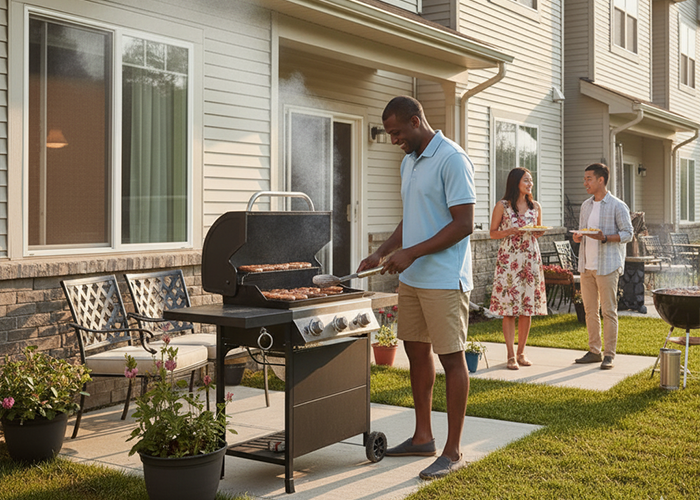
Shared grills can be a great amenity when they are easy to reserve and easy to clean. Post a one-page checklist by the grill that covers preheat time, safe ignition, lid use, and shutdown steps. Add a small sign reminding users to stay away from an active grill, keep kids and pets at a distance, and never place hot tools on plastic tables.
For HOA events, require volunteers or vendors to follow the same steps as residents. Keep a fire extinguisher nearby and ensure it is charged. A short training talk before the event goes a long way.
HOA Grill Policy: Draft and Adopt
Put the board’s expectations into a formal HOA grill policy. Use short sentences and common words. Define where grills are allowed, what types are allowed, and any distance or balcony rules. Add quiet hours and smoke control language if homes sit close together.
Follow your notice and comment period, then adopt the policy at an open meeting. Send the final version to all owners and post it on the website or community portal. A start date and a short grace period demonstrate good faith and facilitate adoption.
Enforcement and Records

Enforcement should align with your standard violation process. Begin with a friendly reminder, followed by a written notice with a cure date. If needed, schedule a hearing and apply fines that match your schedule. Keep notes and photos so records are clear. When HOA grill rules are enforced evenly, compliance improves and drama fades.
Safety upgrades make enforcement easier. If the community has many wood balconies, consider a rule that allows only electric grills on those structures. If complaints spike in one area, consider moving or adding a shared grill station to provide a safe option nearby.
Keeping Residents Informed
Residents often overlook rules when they are only seen once. Use multiple touchpoints: a welcome packet for new owners and tenants, a seasonal email in the spring, a brief post before holiday weekends, and a reminder on pool gate boards. Visuals help. A simple diagram showing where a grill can sit is worth a paragraph of text.
Invite questions and give a direct contact for fire code issues. When residents can ask without fear of a lecture, they are more likely to follow the rules.
Smoke and Neighbor Courtesy
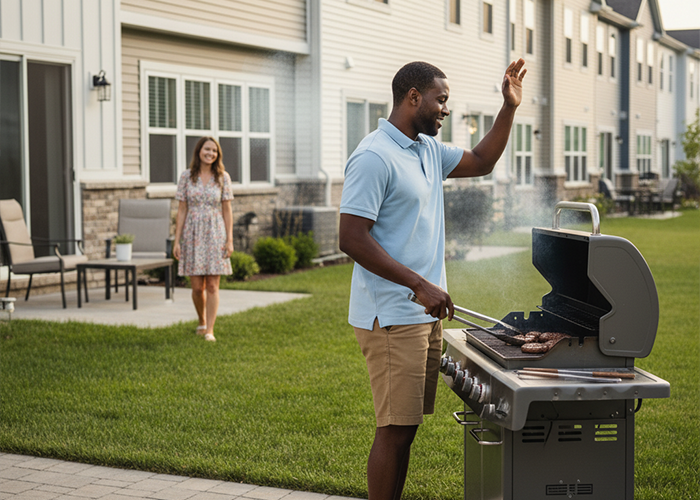
Even when a grill is used safely, smoke and odors can cause friction. Ask residents to watch wind direction, avoid heavy smoke during open-window hours, and use drip trays to reduce flare-ups. Courtesy works better than a fight.
Set quiet hours for grilling that match your noise policy. This keeps late-night gatherings from turning into complaints. Add language about cleaning grease, scraping the grate, and removing food waste to prevent pests from being invited.
Insurance and Vendor Requirements
Grill fires can lead to property claims and liability questions. Encourage owners to review their HO-3 or condo unit policy to confirm personal liability limits. Associations should verify that their master policy and general liability coverage align with their risk profile and building type.
For HOA-sponsored events, require food vendors to provide a certificate of insurance that names the association as an additional insured, and verify coverage limits. Document these steps in your HOA grill rules so future boards follow the same playbook.
Handling Design Approvals

Permanent outdoor kitchens add value but bring extra risk. Because of this, you should require an architectural request before installing any built-in grill, gas line, vent hood, or masonry surround. Ask for a site plan that shows setbacks from structures and property lines. If gas lines are part of the plan, they must have permits and inspections.
Clearly state that work must meet building and fire codes and be performed by licensed contractors. Spell out maintenance duties so that grease traps, vents, and gas connections are serviced on a regular basis.
Safe Grilling
Well-written HOA grill rules make grilling simple, safe, and neighborly. When your policy matches the fire code and your buildings, people can relax and enjoy the food. Clear steps, fair enforcement, and steady reminders keep the community safe all season.
Seeking help with creating and enforcing HOA rules? Let professional HOA managers help you out! Check out our online directory today for your area’s best HOA management companies!
Related Articles:
Trending Now
Related Article
Sign up for Our Monthly Newsletter
Sign up below for monthly updates on all HOA Resource



